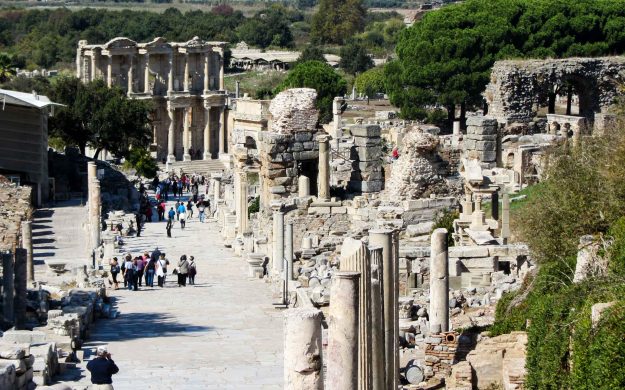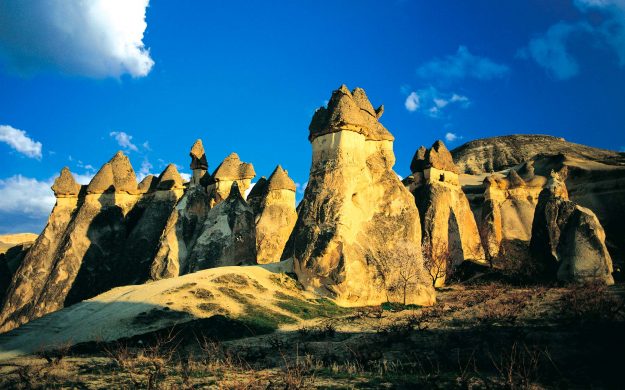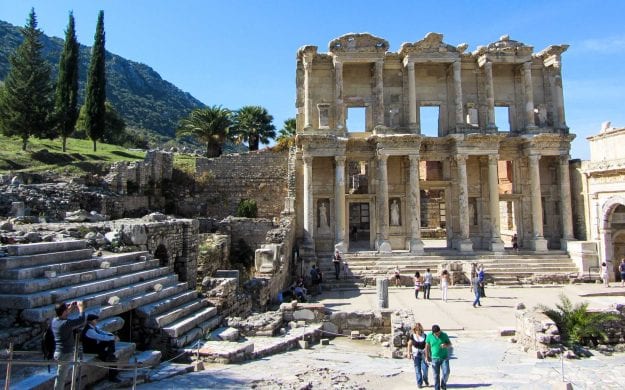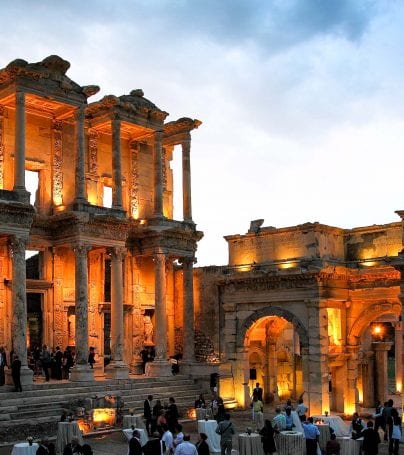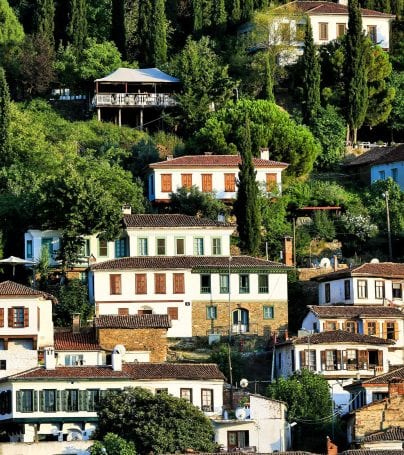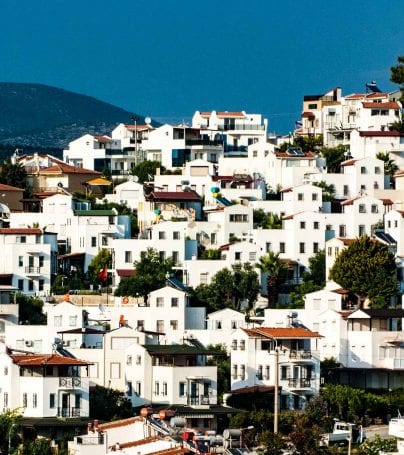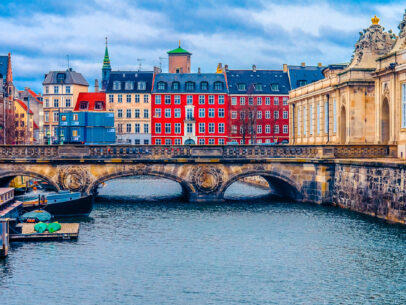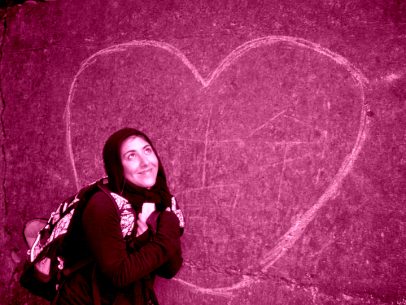Pamukkale Adventure Tours
Pamukkale, meaning “cotton castle” in Turkish, is a natural site in Denizli Province in southwestern Turkey. The city contains hot springs and travertines, terraces of carbonate minerals left by the flowing water. It is located in Turkey’s Inner Aegean region, in the River Menderes valley, which has a temperate climate for most of the year. The ancient city of Hierapolis was built on top of the white “castle” which is in total about 2,700 metres (8,860 ft) long, 600 m (1,970 ft) wide and 160 m (525 ft) high. It can be seen from the hills on the opposite side of the valley in the town of Denizli, 20 km away. Tourism is and has been a major industry in Pamukkale. People have bathed in its pools for thousands of years. As recently as the mid 20th century, hotels were built over the ruins of Heropolis, causing considerable damage. An approach road was built from the valley over the terraces, and motor bikes were allowed to go up and down the slopes. When the area was declared a world heritage site, the hotels were demolished and the road removed and replaced with artificial pools. Wearing shoes in the water is prohibited to protect the deposits.
Pamukkale’s terraces are made of travertine, a sedimentary rock deposited by water from the hot springs. In this area, there are 17 hot water springs in which the temperature ranges from 35 °C (95 °F) to 100 °C (212 °F). The water that emerges from the spring is transported 320 metres (1,050 ft) to the head of the travertine terraces and deposits calcium carbonate on a section 60 to 70 metres (200 to 230 ft) long covering an expanse of 240 metres (790 ft) to 300 metres (980 ft). When the water, supersaturated with calcium carbonate, reaches the surface, carbon dioxide degases from it, and calcium carbonate is deposited. The depositing continues until the carbon dioxide in the water balances the carbon dioxide in the air. Calcium carbonate is deposited by the water as a soft jelly, but this eventually hardens into travertine.
The former Roman Bath of the ancient city of Hierapolis has been used as the site of the Hierapolis Archaeology Museum since 1984. In this museum, alongside historical artifacts from Hierapolis, there are also artifacts from Laodiceia, Colossae, Tripolis, Attuda and other towns of the Lycos (Çürüksu) valley. In addition to these, the museum has a large section devoted to artifacts found at Beycesultan Hüyük that includes some of the most beautiful examples of Bronze Age craft. Artifacts from the Caria, Pisidia and Lydia regions are also on display in this museum. The museum’s exhibition space consists of three closed areas of the Hierapolis Bath and the open areas in the eastern side which are known to have been used as the library and gymnasium. The artifacts in open exhibition space are mostly marble and stone.
Pamukkale is recognized as a World Heritage Site in 1988, together with Hierapolis. Only a few other places in the world resemble it, including the Mammoth Hot Springs in the USA and Huanglong in Sichuan Province of China (another UNESCO World Heritage Site).
The underground volcanic activity which causes the hot springs also forced carbon dioxide into a cave, which was called the Plutonium meaning place of the god, Pluto. This cave was used for religious purposes by priests of Cybele, who found ways to appear immune to the suffocating gas.
Customize Your Dream Adventure
We are here to help craft tailor-made adventures for individuals, couples, families, and groups of explorers.

